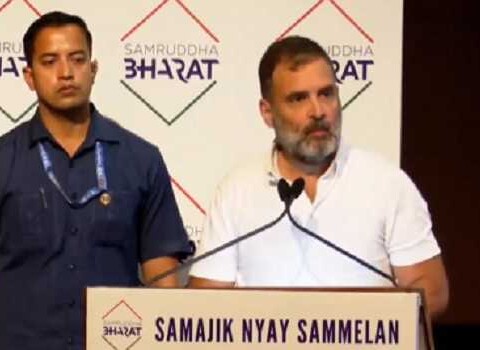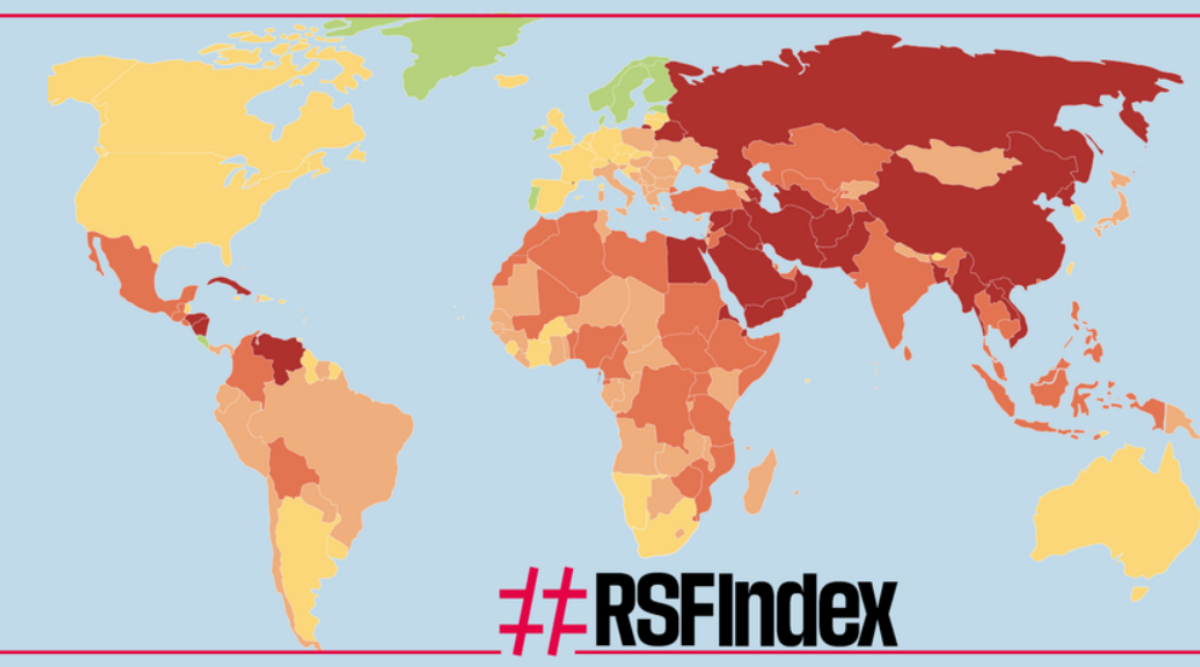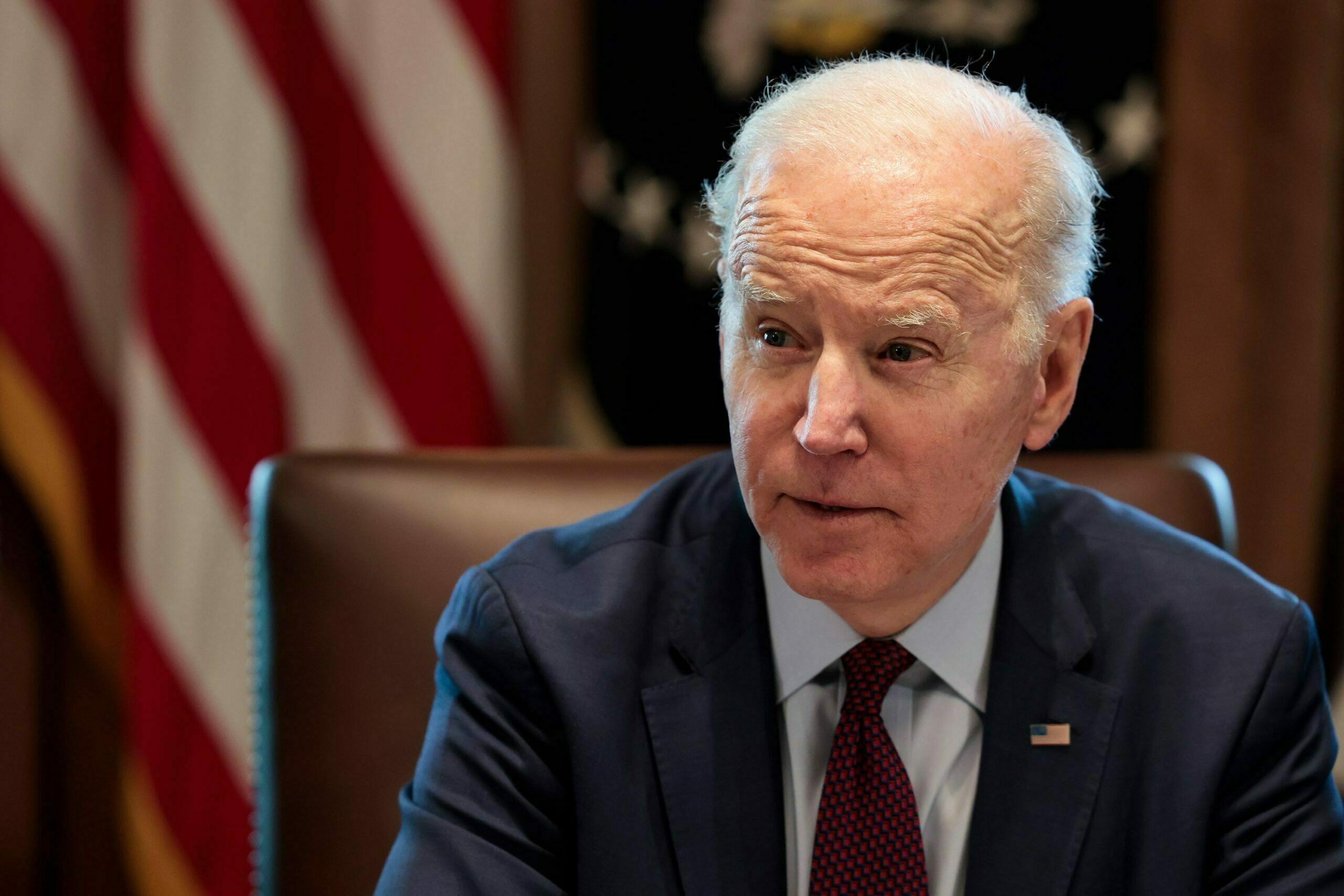Asem Mohiuddin
As the situation in Kashmir continues to turn worrisome due to growing militant causalities followed by mass protests and shutdowns, the economy of the valley seems to be heading for a disaster.
Kashmir is facing twin challenges in the ongoing summer. Its political situation is not up to the mark.
Besides, the increasing militancy graph and subsequent counter-insurgency operations are triggering chaos and affecting the normal life. On the other side, nature is not in its favour with dramatic weather changes prompting its agrarian populace to brace up for a bigger challenge.
This year no paddy fields could be seen anywhere after the recent advisory issued by the Irrigation and flood control department. The department maintains that valley may face the severe water shortage due to little or no snowfall and long dry spells since last one year.
Majority of its water sources including lakes, springs and ponds have dried up.
So for all those who were cultivating paddy for to meet their needs may have to look for outside markets and put an additional burden on their limited resources. The major economic support to the valley by the fruit industry is also in danger since the rain shortfalls may affect the apple crop both in quality and quantity.
INRC 4000 crore Apple industry will only survive if there is a timely rainfall otherwise the 70 per cent rural population of the valley will be plunged into major financial crisis.
Coming to the urban areas where the major population is depending on the tourist footfall the survival of industry is absolutely in threat.
The tourism in Kashmir which is urban-centric as of since two years when the top militant Commander Burhan Muzaffer Wani was killed in Bamdooru village of south Kashmir on July 6, witnessed the poor tourist flow.
Not only it suffered due to an ugly Kashmir situation in 2016 when the mass uprising took place for over six months, the national media put the last nail in its coffin in 2017 due to its tireless negative campaign about Kashmir in prime time show.
The subsequent two years of turmoil have further dented the tourism industry which was yet to overcome the massive losses that incurred to it in 2014 devastating floods
Directly the tourism is contributing 6 per cent to states economy and its major share goes to the urban populace though from rural areas educated and semi-literate people find their jobs in the growing Kashmir’s hotel industry.
For over three years, the hotel occupancy didn’t cross over 30 per cent and the people associated with it are facing tremendous pressures to sustain in the sector. 2018 was a year of hope and the efforts were put to bring the sector on rails.
The first ever Travel Agents Association of India (TAAI) convened its first ever convention in Srinagar in last 30 years last month. Both the government and private players in the sector put their best foot forward to join the campaign of TAAI of “Visit Kashmir”
However, the luck seems again not in favour of Kashmir and suffered a blow before it could take off.
A report on 3rd April in India’s largest circulated newspaper was published by a local reporter claiming tourists were attacked by stone pelters.
The story was unconfirmed with no official quote; prompting the authorities to lodge an FIR against the reporter. While this has been on the domestic front, the situation on an international forum is no different.
Even recently the official data reveals that Bihar, one of the most underdeveloped and poorest states of India attracted more tourists then Kashmir.
According to data revealed by the Union Tourism Minister K J Alphons, the scenic Kashmir doesn’t even figure among the top ten states of India when it comes to tourism.
The failure on this front could well again be attributed to the coverage in international media and the subsequent travel advisories issued by the countries to their citizens.
Among the European countries, Germany has only lifted advisory in 2012 while the United Kingdom bars its citizens from visiting many places in Jammu and Kashmir. The other rich counties like America, Australia, and Canada still bar its citizens to visit the state.
Even though the officials in the state government claim that one lakh foreign tourists visited the valley in 2017, however, it still is incomparable to its neighbouring region Ladakh. Alone Leh which has just a population of 1.5 lakh roughly attracts more than two lakh potential foreign tourists annually.
“We lack the carrying capacity since the place is less populated and the infrastructure is not built up. We take also environmental concerns into consideration and allow only up to a particular number,” a senior officer in Ladkah tourism told me
Ladakh is attracting high end tourists mostly foreigners which have exponentially empowered the cold desert economically. Thanks to ongoing Kashmir imbroglio, it continues to suffer the beatings on this front.
Read Also:
- Civilian Killings In Kashmir
- On Pakistan Day, Taking A Look At What The Constitution Was And Is
- After South, North Kashmir Is An Upcoming Challenge











